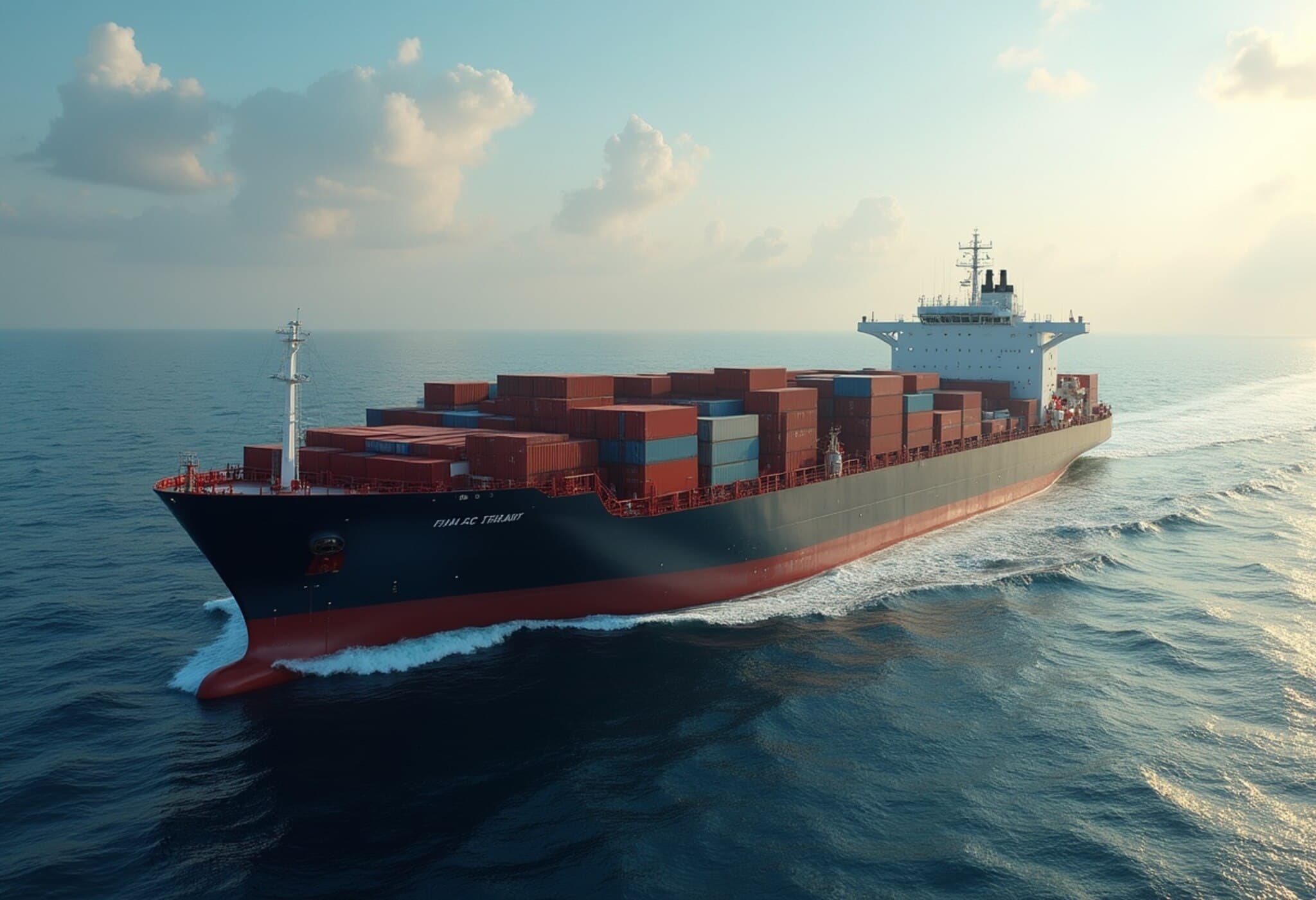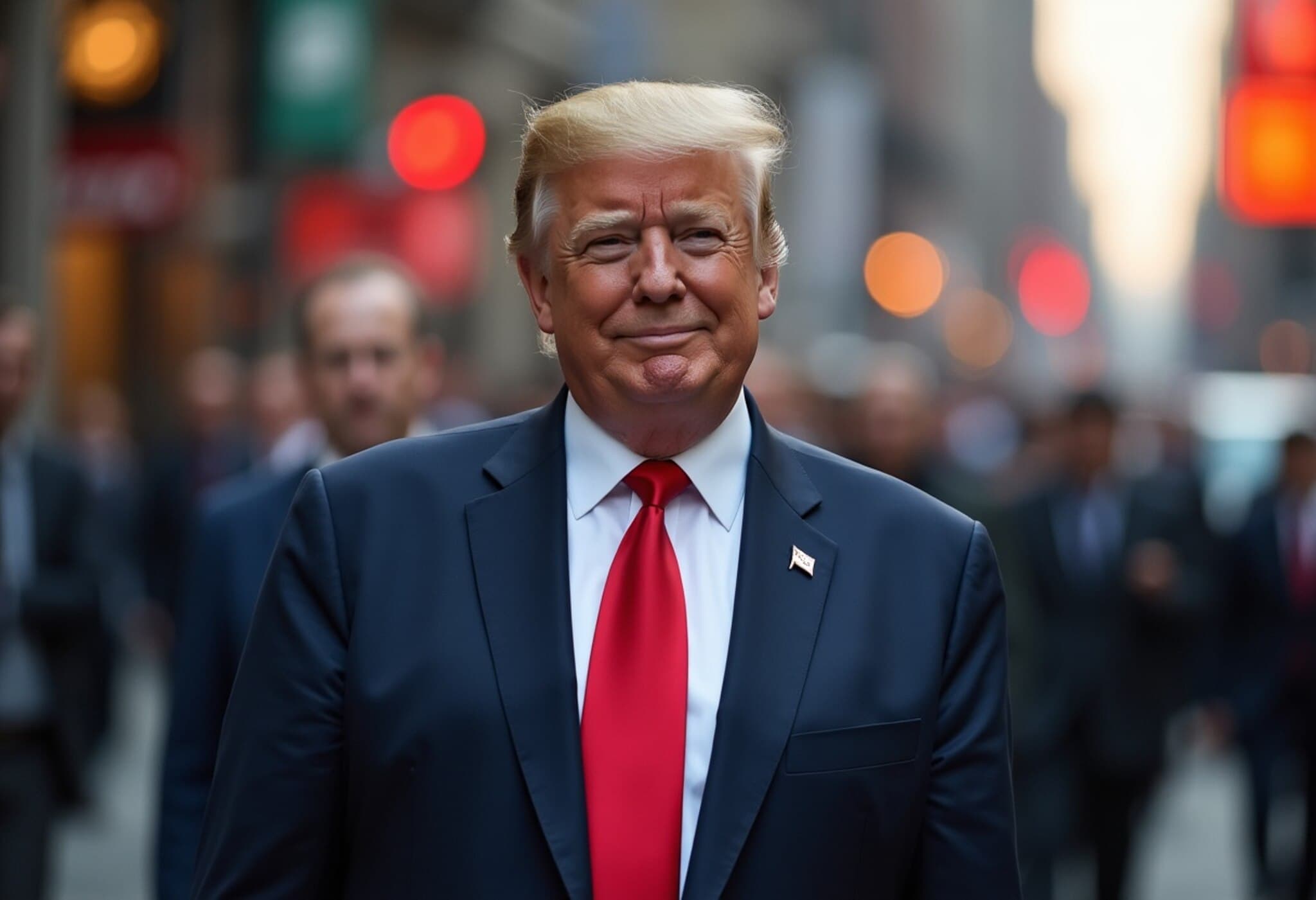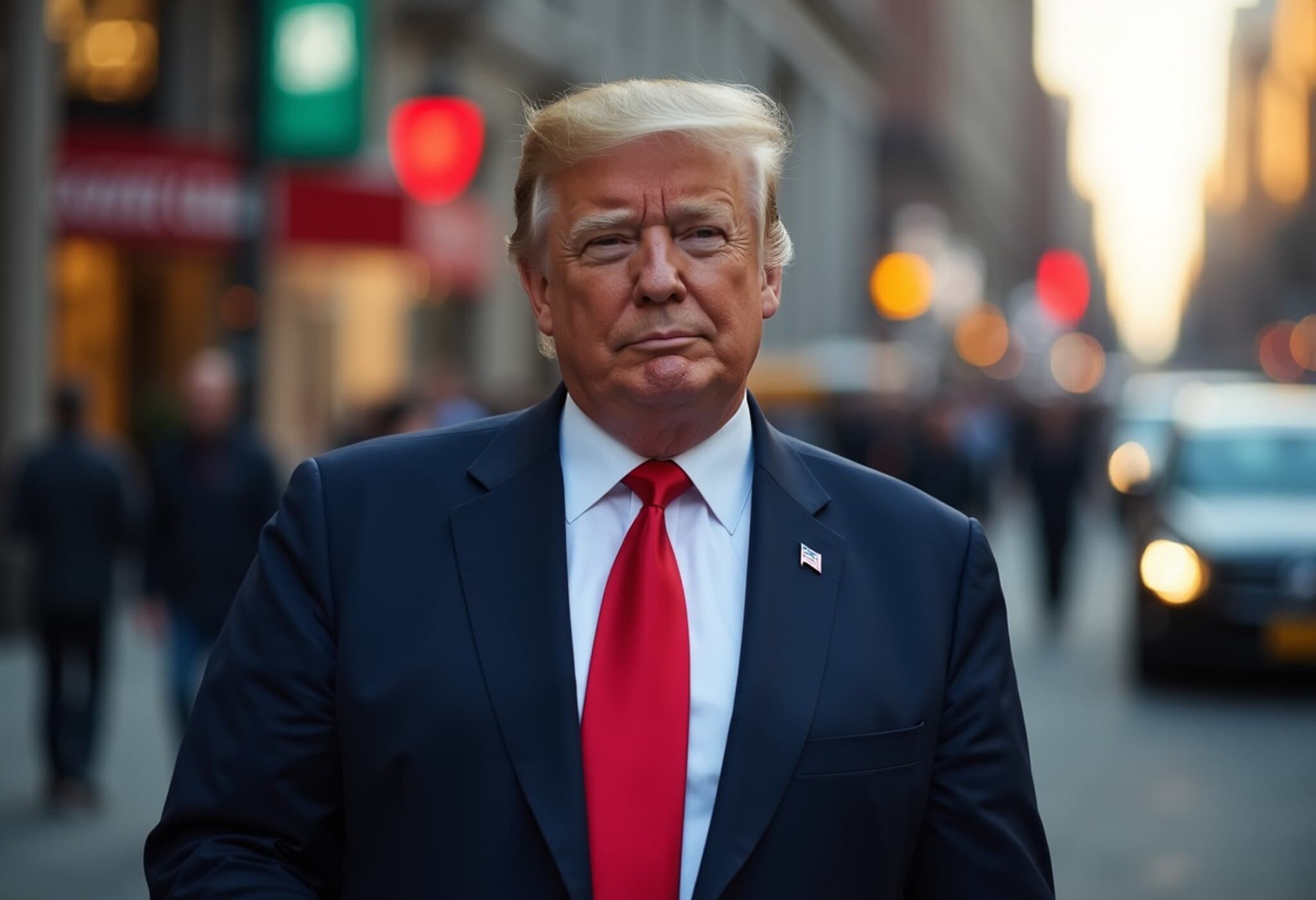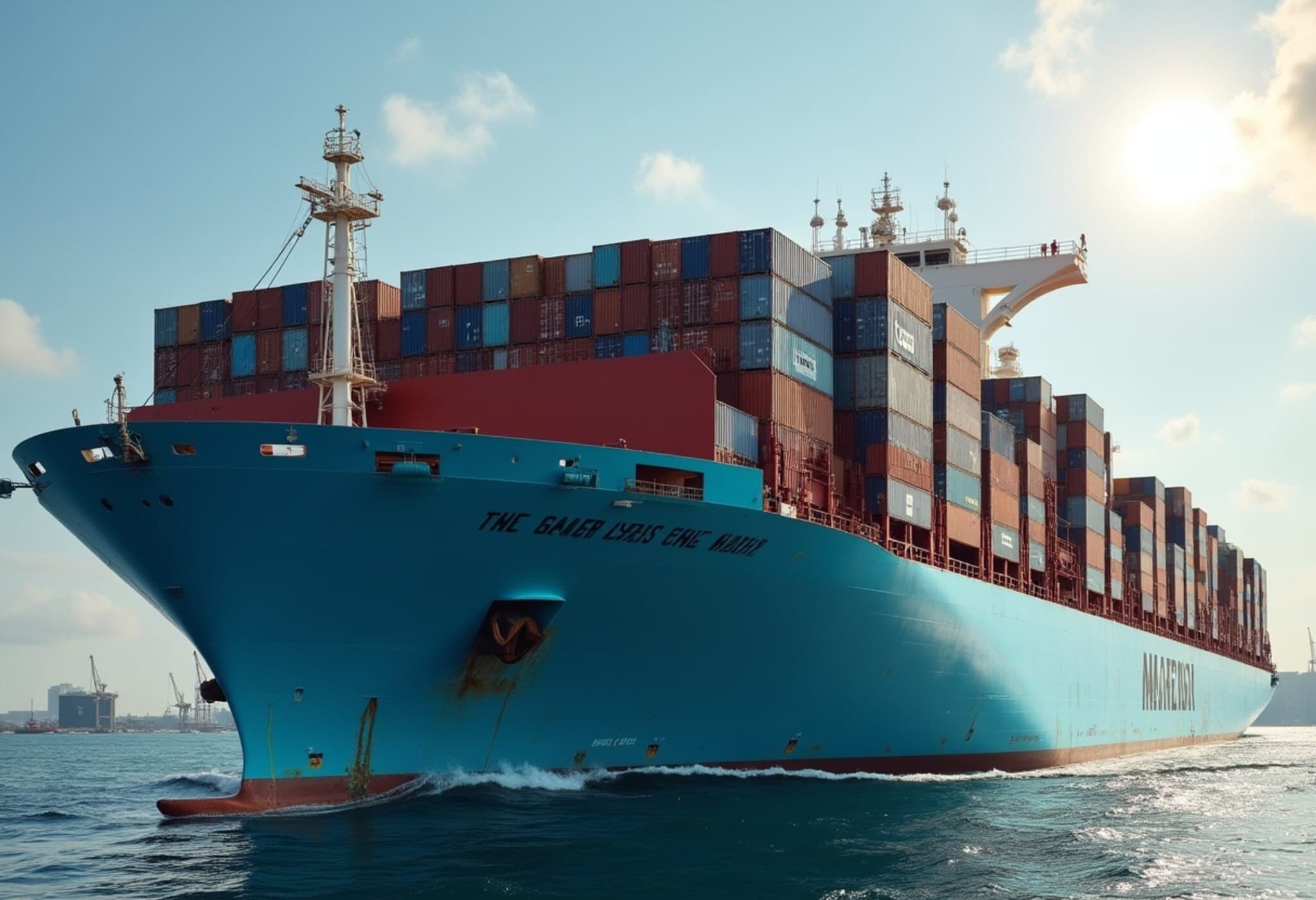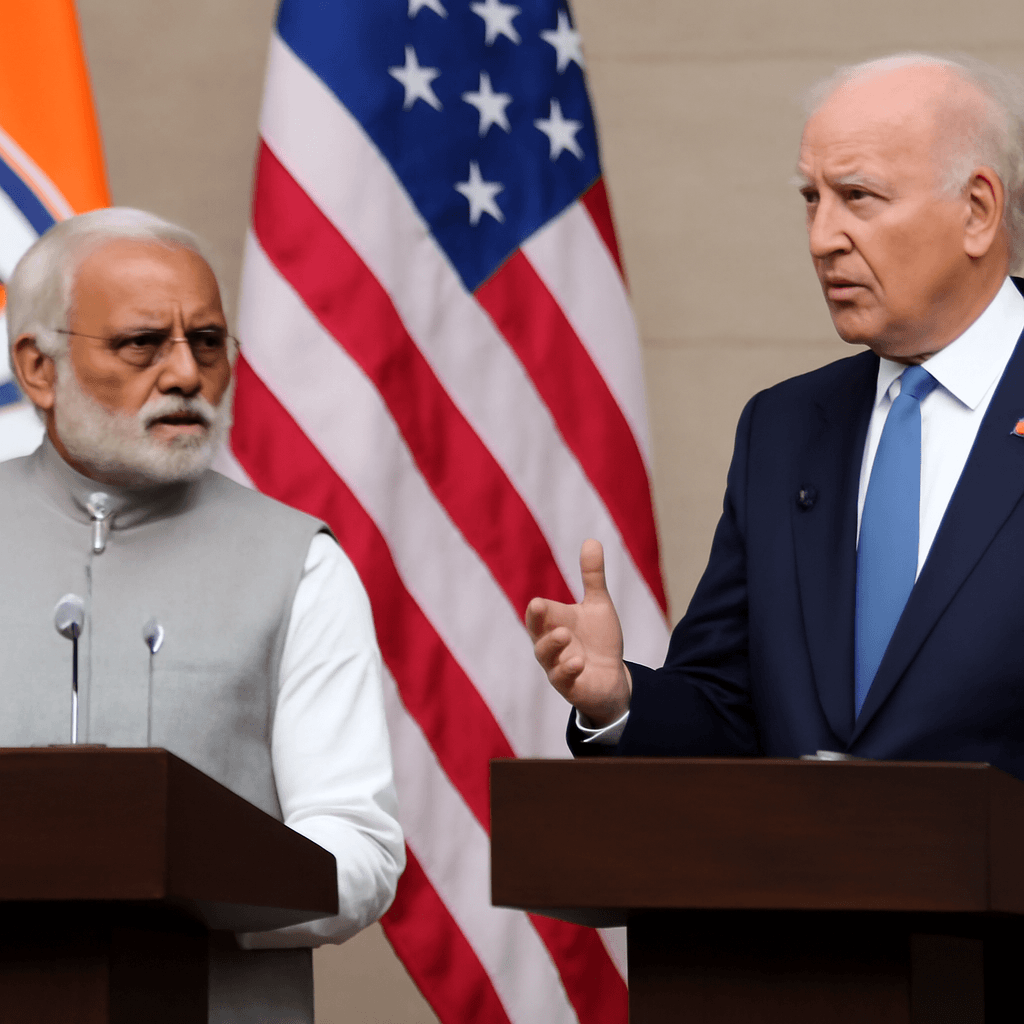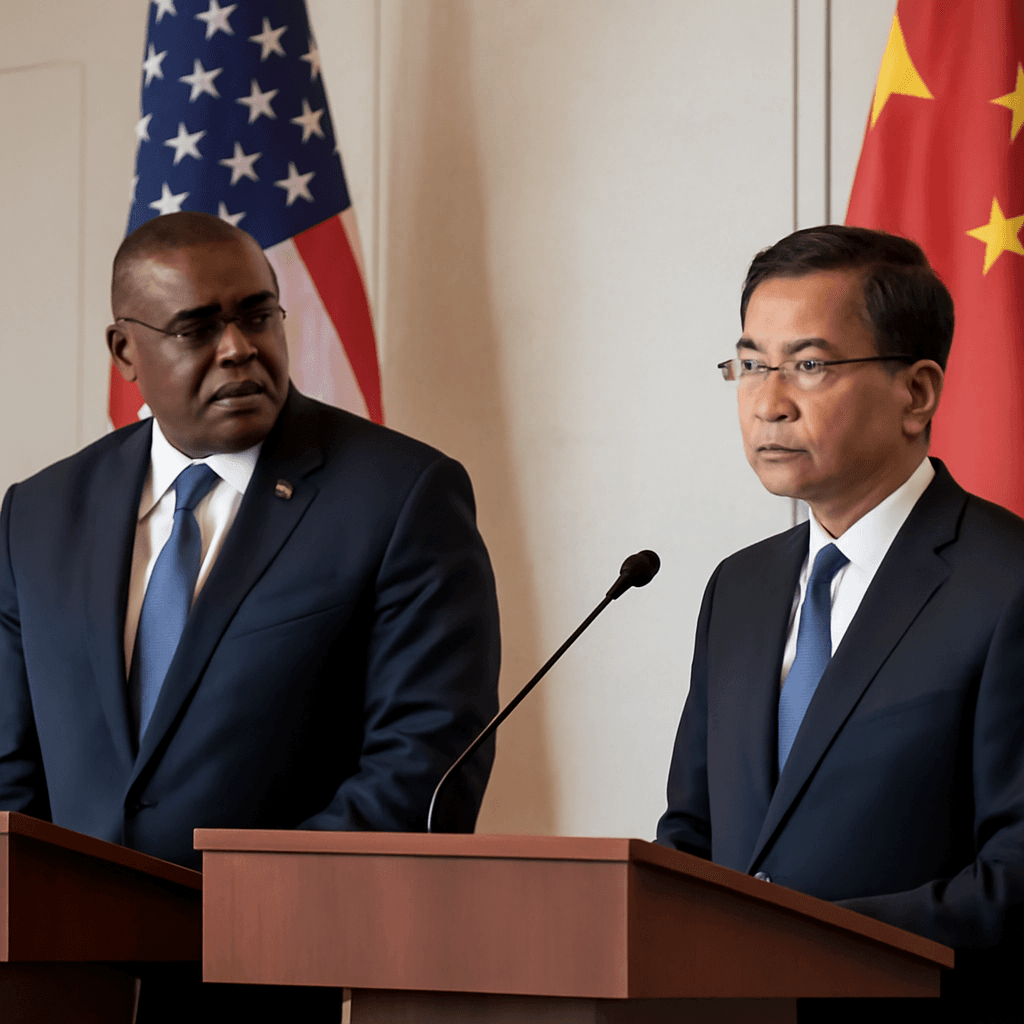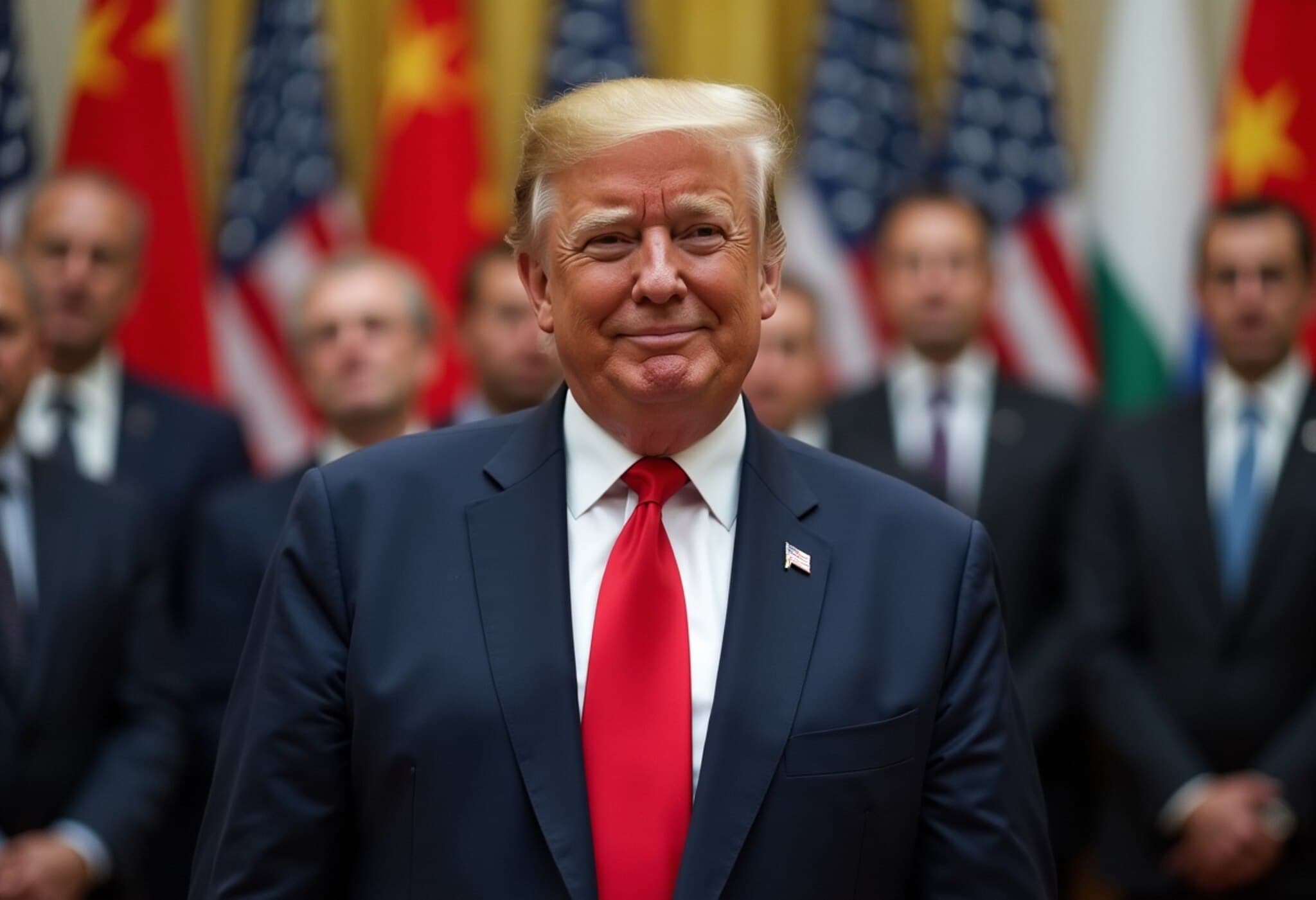US Firms Exploit Third Countries to Acquire Critical Minerals Amid China’s Export Restrictions
Since China imposed export bans on essential minerals to the United States last December, companies have adopted innovative strategies, rerouting shipments through countries like Thailand and Mexico to secure the valuable resources crucial for advanced technologies.
China’s Dominance and Strategic Export Controls
China commands a near-monopoly in the production of antimony, gallium, and germanium—key elements widely used in batteries, semiconductors, military hardware, and telecommunications equipment. The Chinese government’s December 2024 decision to restrict exports of these minerals to the US was a direct response to escalating tensions and trade restrictions targeting China’s chip-making industry.
This move has sent ripples through global supply chains, intensifying competition for these minerals amidst growing geopolitical rivalry between the world’s two largest economies.
Rerouting Shipments: The Rise of Transshipment Hubs
Trade and customs data reveal a significant uptick in shipments of antimony into the US via Thailand and Mexico. Between December 2024 and April 2025, the US imported 3,834 metric tons of antimony oxides from these countries—more than nearly the preceding three years combined.
Industry insiders explain that since Thailand and Mexico have limited domestic mining operations for these metals, shipments labeled as originating from these countries are likely transshipments—minerals sourced from China but rerouted to bypass export restrictions.
- Thailand and Mexico have become top-three consumers of Chinese antimony exports in 2025, despite not ranking in the top ten in 2023.
- Both countries possess limited smelting capacities, with Mexico's antimony smelter only reopening in April 2025.
- Trade experts describe Chinese firms as “exceptionally creative” in circumventing regulations, using complex logistics and labeling shipments under innocuous descriptions such as iron or art supplies.
Voices from the Field: A Closer Look at the Trade Dynamics
Levi Parker, CEO of Gallant Metals, shared insights on the elaborate maneuvers his company employs to access roughly 200 kilograms of gallium monthly from China indirectly. Despite the high demand, significant shipments attract scrutiny, compelling firms to operate cautiously.
Ram Ben Tzion, co-founder of digital shipment monitoring platform Publican, emphasized the pattern of transshipment is consistent and difficult to track fully due to opaque supply chains, further complicating enforcement efforts.
Chinese Government Response and Enforcement Challenges
Beijing has publicly acknowledged the existence of collusion between overseas actors and domestic companies to bypass export controls, stressing national security concerns. Campaigns launched in May 2025 aimed at cracking down on transshipment and smuggling have signaled intent, but enforcement remains patchy.
Legal experts note Chinese laws extend to companies' overseas transactions, with significant penalties including fines, export bans, or prison sentences for illicit exporters. Yet the allure of high profits in global markets, driven by soaring mineral prices, continues to tempt players willing to risk sanctions.
Economic and Strategic Implications for US Supply Chains
The US reliance on critical minerals is a vulnerability spotlighted in the broader context of technological competition and national security. While imports of antimony, gallium, and germanium from rerouted channels are nearly matching pre-ban volumes, the higher costs and uncertain supply stability pose challenges to American manufacturers and defense contractors alike.
This evolving trade landscape underscores the need for the US to diversify mineral sourcing, ramp up domestic production, and enhance strategic stockpiling to reduce dependence on unpredictable foreign supply chains.
Looking Ahead: Navigating a Complex Resource Battleground
As China seeks to tighten its grip through export controls and the US pushes to secure critical minerals, the cat-and-mouse game of evasion and enforcement will persist. The stakes reach beyond economics—they touch on sovereignty, innovation leadership, and military readiness.
Ultimately, crafting resilient and transparent supply chains, investing in alternative sources, and fostering international cooperation will be paramount in mitigating these tensions.





